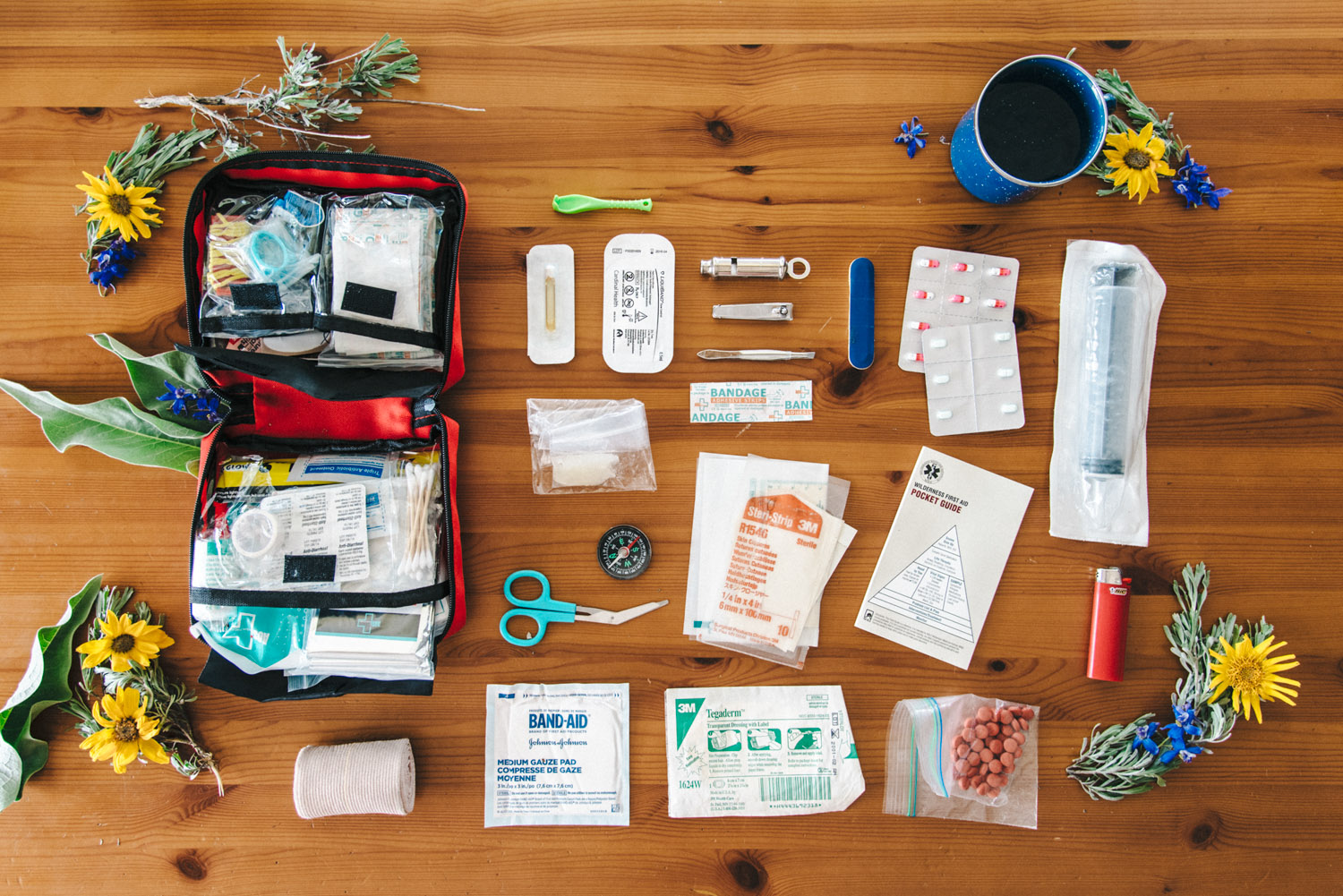Introduction
Being prepared for emergencies is crucial, especially when venturing into the wilderness. One essential aspect of emergency preparedness is having knowledge of wilderness first aid.
Importance of wilderness first aid in emergency situations
In remote locations, access to professional medical help may be limited or delayed. This is where wilderness first aid skills become invaluable. With training in wilderness first aid, you can provide immediate medical assistance to yourself or others, increasing the chances of a positive outcome in emergency situations.
Wilderness first aid focuses on adapting traditional first aid practices to the unique challenges of the wilderness environment. From treating injuries caused by falls or wildlife encounters to providing care for heat stroke or hypothermia, wilderness first aid equips you with the skills necessary to handle a broad range of emergencies.
Benefits of being prepared with wilderness first aid knowledge
- Saving lives: Quick response and proper care during an emergency can save lives. Wilderness first aid knowledge enables you to stabilize individuals until professional help arrives.
- Reducing severity of injuries: Proper treatment of injuries during the critical initial minutes can significantly reduce their severity. Wilderness first aid training teaches you how to immobilize fractures, control bleeding, and administer CPR, among other essential skills.
- Increasing personal safety: Wilderness first aid knowledge not only allows you to help others but also helps you take care of yourself in emergency situations. With the ability to assess risks and respond appropriately, you can make better decisions to ensure your own safety.
- Peace of mind: Knowing that you are prepared to handle medical emergencies in the wilderness brings a sense of confidence and peace of mind, allowing you to fully enjoy outdoor adventures.
By investing in wilderness first aid training, you can acquire the skills and knowledge necessary to be a responsible and capable responder in emergencies. Remember, being prepared can make all the difference when faced with unexpected challenges in the wilderness.
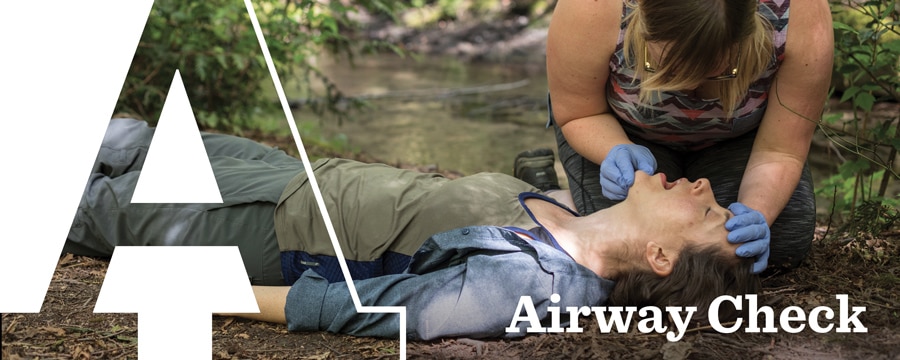
Understanding Wilderness First Aid
Definition and scope of wilderness first aid
Wilderness First Aid (WFA) is a specialized form of first aid that focuses on providing medical care in remote or outdoor settings where professional medical help may be hours or even days away. It is designed to address the unique challenges and risks that individuals face in the wilderness, such as extreme weather conditions, difficult terrains, and limited resources.
The scope of WFA training includes assessing and stabilizing injuries, managing medical emergencies, treating common ailments like insect bites and hypothermia, and improvising with limited equipment. It also emphasizes the importance of prevention, risk assessment, and decision-making in order to reduce the likelihood of emergencies occurring in the first place.
Key principles and priorities in wilderness first aid
- Safety: The safety of the first responder, as well as the patient, is of utmost importance. It involves assessing the situation to identify potential hazards and taking necessary precautions to prevent further harm.
- Assessment: Proper assessment of the patient’s condition is crucial in determining the course of action. This includes evaluating vital signs, conducting a thorough examination, and gathering relevant information from the patient or bystanders.
- Treatment and Stabilization: Once the assessment is complete, appropriate treatment must be provided to stabilize the patient’s condition. This may include controlling bleeding, immobilizing fractures, administering medications, and managing pain.
- Communication and Evacuation: Effective communication is essential in relaying crucial information to rescuers, medical professionals, or emergency services. In situations where evacuation is required, coordinating logistics and transportation becomes a priority.
By understanding and implementing these key principles and priorities, individuals can confidently handle medical emergencies and increase the chances of a positive

Essential Skills for Wilderness First Aid
Assessing and managing airway, breathing, and circulation
When it comes to wilderness first aid, the ability to assess and manage airway, breathing, and circulation is critical. In remote environments, medical help may not be readily available, so knowing how to respond to emergencies is vital.
- Clearing the Airways: Learn how to open blocked airways and provide rescue breathing techniques if necessary. This skill is essential in situations where someone is choking or not breathing properly.
- Controlling Bleeding: Knowing how to control bleeding and manage wounds can be life-saving. Wilderness first aid training will teach you techniques to stop bleeding and dress wounds effectively.
- Understanding Shock: Recognizing and managing shock is crucial in wilderness emergencies. Learn how to identify the signs of shock and provide appropriate treatment to stabilize the patient until professional help arrives.
Treating common wilderness injuries and ailments
In the wilderness, injuries and ailments can occur unexpectedly. Being prepared to handle common wilderness injuries can make a significant difference in the well-being of both yourself and others.
- Fracture Management: Wilderness first aid training will teach you how to assess, stabilize, and splint fractures. These skills will help prevent further damage and provide comfort to the injured person.
- Hypothermia and Heat Exhaustion: Learn how to identify, prevent, and treat hypothermia and heat exhaustion. These are common concerns in the wilderness, and prompt action can be life-saving.
- Allergic Reactions: Gain knowledge on managing allergic reactions, including anaphylaxis, when access to medical facilities is limited. Understand how to administer epinephrine and other necessary interventions.
By acquiring these essential skills for wilderness first aid, you can confidently navigate remote environments, ensuring your safety and the well-being of others. Remember, practice and regular refresher courses are vital to maintain proficiency in these skills.
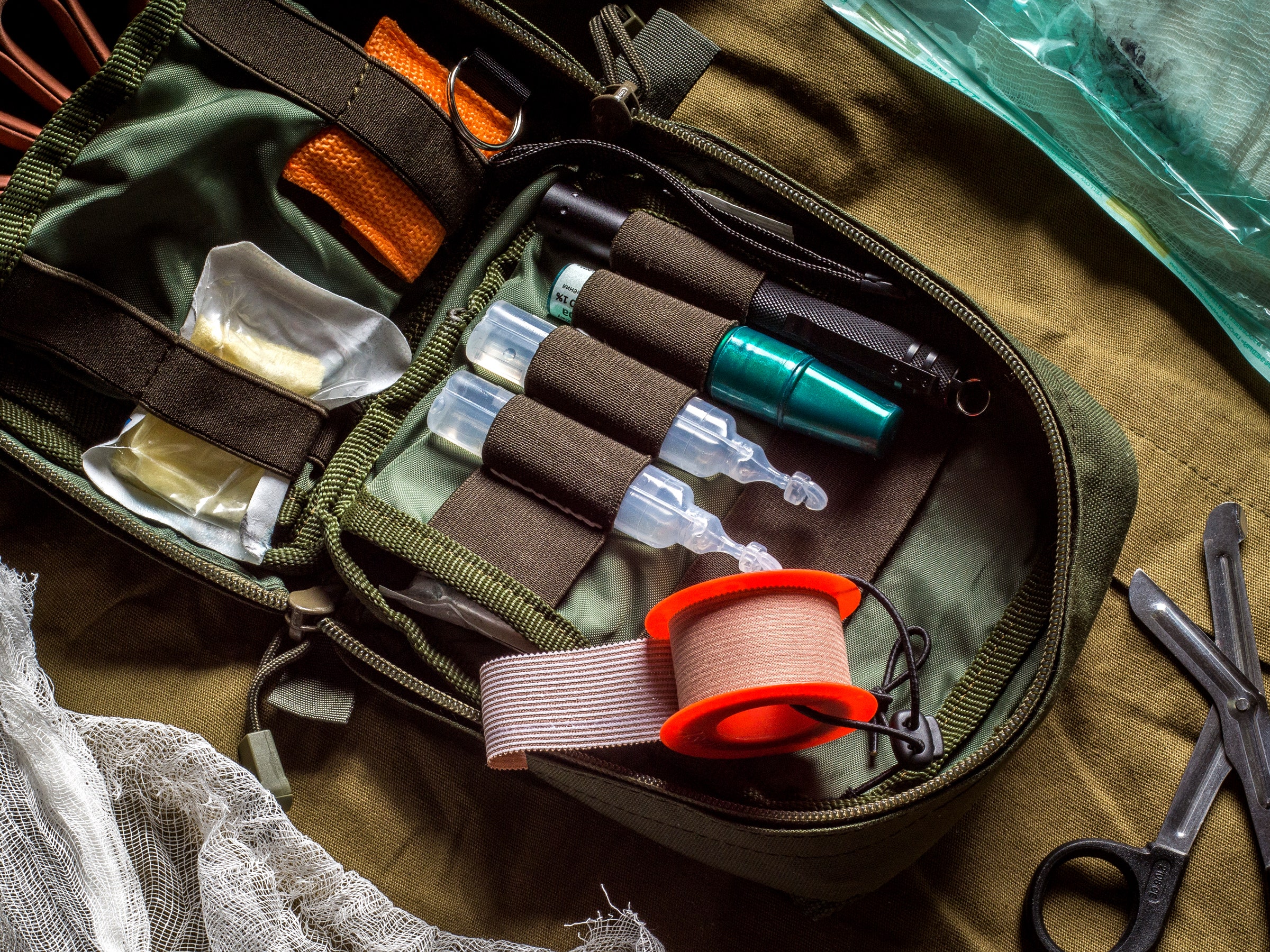
Wilderness First Aid Kits and Equipment
When venturing into the great outdoors, it is essential to be prepared for any potential accidents or injuries that may occur. This is where wilderness first aid comes into play – the knowledge and skills to handle medical emergencies in remote areas where professional help may be far away.
Building a comprehensive wilderness first aid kit
A well-stocked wilderness first aid kit is an absolute must-have for any outdoor enthusiast. Here are some essential items to include:
1. Bandages and dressings: Various sizes of adhesive bandages, sterile gauze pads, and adhesive tape for wound care.
2. Antiseptic solutions: Alcohol wipes, hydrogen peroxide, or iodine for cleaning wounds and preventing infection.
3. Medications: Over-the-counter pain relievers, antihistamines, and anti-diarrheal medications.
4. Tools and accessories: Tweezers for splinter removal, scissors, and a digital thermometer.
5. Personal protective equipment: Gloves and CPR mask for personal protection and for administering CPR.
Choosing the right equipment for different scenarios
In addition to a well-stocked first aid kit, it is vital to have specialized equipment for specific outdoor activities. For example:
1. Outdoor gear: Backpacks, hiking boots, and weather-appropriate clothing to protect against environmental hazards.
2. Communication devices: Portable radios or satellite communicators to call for help in case of emergencies.
3. Navigation tools: Maps, compass, or GPS devices to help navigate through unfamiliar territories.
Remember, proper training and knowledge of wilderness first aid techniques are also crucial. Consider taking a wilderness first aid course to enhance your skills and confidence in handling outdoor medical emergencies.
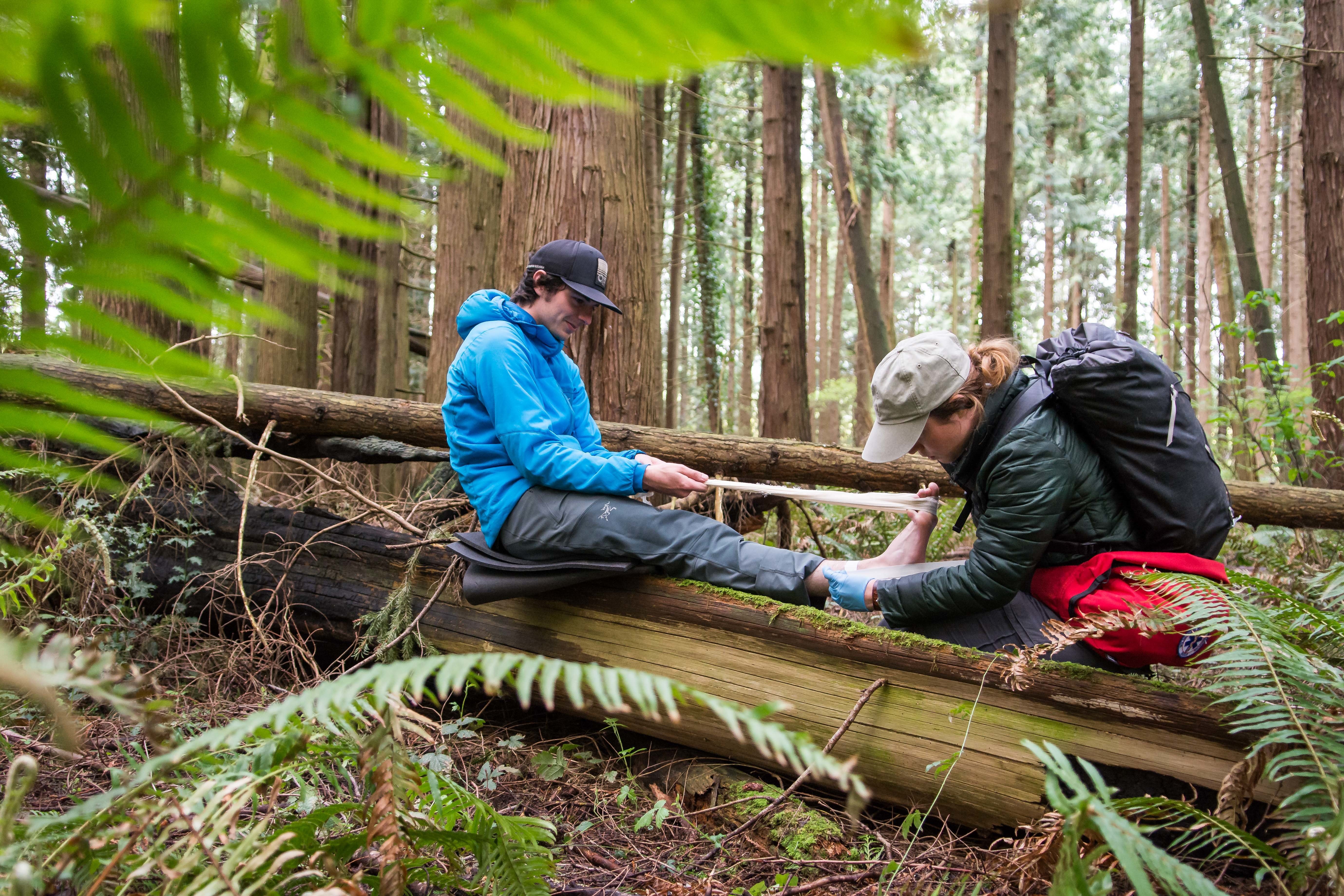
Wilderness First Aid Training and Certification
Options for obtaining wilderness first aid training
For those who love outdoor adventures or work in remote locations, wilderness first aid training is a vital skill to possess. This specialized training equips individuals with the knowledge and skills necessary to handle medical emergencies in environments where professional medical help may not be readily available. There are several options for obtaining wilderness first aid training:
- Wilderness First Aid Courses: These courses are typically offered by organizations such as the Wilderness Medical Institute and the Red Cross. They provide comprehensive training in emergency response, including assessing injuries, stabilizing patients, and providing appropriate care.
- Outdoor Leadership Programs: Many outdoor leadership programs, such as those offered by Outward Bound, include wilderness first aid training as part of their curriculum. These programs offer a hands-on approach, combining leadership skills with medical training in outdoor settings.
Benefits of obtaining certification in wilderness first aid
Obtaining certification in wilderness first aid offers numerous benefits:
- Enhanced Safety: Wilderness first aid training prepares individuals to handle emergencies effectively, preventing further harm and promoting the safety of both themselves and others.
- Increased Confidence: Knowing how to respond to medical emergencies in remote locations boosts confidence and allows individuals to enjoy outdoor activities with peace of mind.
- Professional Opportunities: Certification in wilderness first aid enhances the credentials of outdoor professionals, such as guides, instructors, and park rangers, making them more attractive to potential employers.
- Lifesaving Skills: The skills learned in wilderness first aid training can save lives in situations where quick action is crucial.
By investing in wilderness first aid training and obtaining certification, individuals can ensure their preparedness for medical emergencies in remote environments and contribute to the safety and well-being of themselves and others.
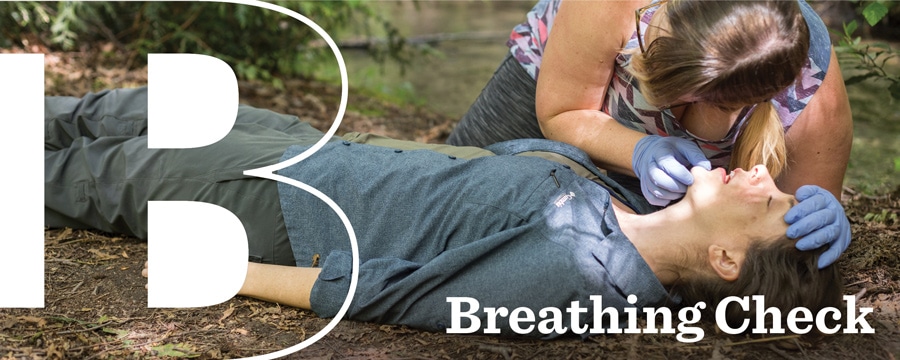
Applying Wilderness First Aid in Real-Life Scenarios
When exploring the great outdoors, accidents can happen anytime and anywhere. That’s why having knowledge of wilderness first aid is crucial for anyone venturing into remote or wilderness areas. Wilderness first aid is a specialized type of emergency medical care that focuses on providing assistance in areas lacking immediate access to medical facilities.
Case studies and examples of wilderness first aid in action
- Bee Sting: Imagine you’re on a hike, and a fellow hiker gets stung by a bee. By quickly assessing the situation, removing the stinger, and using an antihistamine from your first aid kit, you can alleviate the hiker’s symptoms and prevent an allergic reaction.
- Broken Bone: While camping, a friend falls and breaks their arm. With wilderness first aid training, you can stabilize the injury using splints or makeshift materials until professional medical help arrives.
Tips for staying calm and focused during emergencies
- Prepare in Advance: Before embarking on any wilderness journey, ensure you have a well-stocked first aid kit and knowledge of basic wilderness first aid procedures.
- Stay Calm: Keeping a level head during emergencies is essential. Take deep breaths, assess the situation, and prioritize actions based on the severity of injuries.
- Communicate and Seek Help: If possible, communicate with emergency services or notify someone of your location and the nature of the emergency.
- Stay Updated: Regularly refresh and enhance your wilderness first aid skills through courses, workshops, or online resources.
Remember, wilderness first aid isn’t a substitute for professional medical care, but it can make a significant difference in emergency situations where immediate medical attention may be delayed.
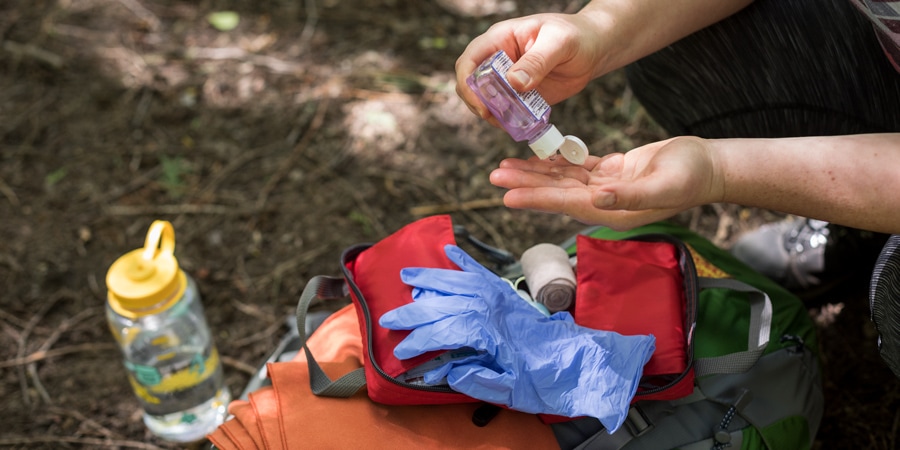
Wilderness First Aid Techniques for Specific Environments
When venturing into the great outdoors, it’s crucial to be prepared for any emergencies that might arise. That’s where wilderness first aid comes in. Whether you’re a seasoned hiker, a wilderness enthusiast, or a beginner exploring nature trails, having the knowledge of wilderness first aid techniques can save lives.
Adapting first aid techniques for different wilderness settings
Each wilderness setting presents unique challenges and risks. Whether you’re in the mountains, forests, deserts, or near water bodies, it’s important to adapt your first aid techniques accordingly.
- Mountains: In high-altitude environments, understanding the symptoms and treatment of altitude sickness is crucial. Knowing how to recognize and manage hypothermia and frostbite is also essential.
- Forests: With dense vegetation and potential hazards like fallen trees and wildlife encounters, be prepared to address cuts, sprains, and strains.
- Deserts: Dehydration, heat exhaustion, and heat stroke are common risks in arid regions. Understanding the signs and symptoms, and how to manage these conditions, is vital in desert environments.
Addressing unique challenges in remote and extreme environments
Wilderness first aid becomes even more crucial in remote and extreme environments. Here are a few unique challenges you may face:
- Isolated locations: Limited access to medical facilities means you must be prepared to provide immediate care until professional help arrives.
- Extreme weather conditions: Harsh weather conditions can exacerbate injuries or illnesses. Knowing how to protect yourself and manage conditions like hypothermia or heat-related illnesses is essential.
- Longer evacuation times: Evacuating injured individuals from remote areas may take longer. This requires advanced first aid skills and improvisation to stabilize the patient’s condition until help arrives.
In summary, undertaking wilderness first aid training ensures you’re equipped with the necessary skills and knowledge to address medical emergencies in specific wilderness environments. Being prepared can make a significant difference in the outcome of an emergency situation.
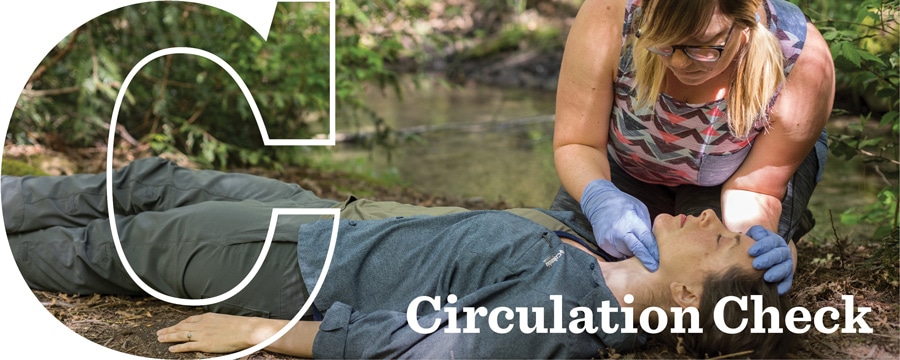
Conclusion
When it comes to preparing for emergencies in the great outdoors, one vital aspect that should not be overlooked is wilderness first aid. It plays a crucial role in ensuring the safety and well-being of individuals who venture into remote and challenging environments. By acquiring the necessary skills and knowledge, you can be prepared to handle injuries, illnesses, and emergencies that may arise while in the wilderness.
The importance of wilderness first aid in preparedness planning
Be proactive: Including wilderness first aid as part of your preparedness planning can make a significant difference in your ability to respond effectively in emergency situations. It equips you with the skills needed to assess, stabilize, and provide basic medical care in remote locations where professional medical help may be hours or even days away.
Save lives: In the wilderness, quick and appropriate action can be the difference between life and death. Wilderness first aid training empowers individuals to provide immediate care and potentially save lives in critical situations.
Reduce risks: Whether you are an outdoor enthusiast, an adventure seeker, or a professional guide, having wilderness first aid knowledge helps minimize risks. It enables you to identify potential hazards, take preventative measures, and respond promptly to medical emergencies, creating a safer environment.
Gain confidence: By acquiring wilderness first aid skills, you gain confidence in your ability to handle emergency situations, which enhances your overall outdoor experience. You can venture into remote areas with peace of mind, knowing that you have the training to address potential injuries or illnesses that may occur.
In conclusion, wilderness first aid is a vital part of preparedness, ensuring your safety and the safety of others when exploring the great outdoors. It provides the necessary skills and knowledge to handle medical emergencies, saves lives, reduces risks, and instills confidence. Don’t embark on a wilderness adventure without being prepared with wilderness first aid training.
